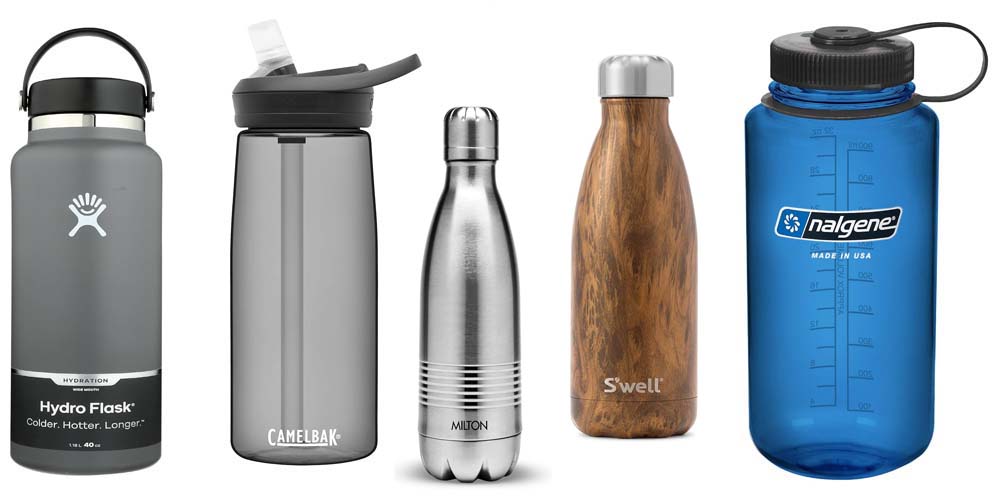Table of Contents
Geometry, the branch of mathematics dealing with shapes, sizes, relative positions of figures, and properties of space, requires precise instruments for accurate measurements and drawings. A geometry box is a toolkit that includes these essential instruments, making it indispensable for students, architects, engineers, and anyone involved in technical drawing. This article will delve into the best geometry boxes available, their features, and what makes them stand out. We will also address some frequently asked questions related to geometry boxes.
The Importance of a Good Geometry Box
A good geometry box is not just about the instruments it contains; it’s also about durability, precision, and ease of use. Here are some key reasons why investing in a high-quality geometry box is crucial:
- Accuracy: Accurate measurements are essential in geometry. A high-quality geometry box ensures precise measurements and drawings.
- Durability: Instruments made of durable materials like stainless steel or high-quality plastic can withstand regular use without breaking or wearing out.
- Versatility: A good geometry box includes a variety of instruments, such as a compass, protractor, set squares, and a ruler, catering to all your geometric needs.
- Portability: A compact and well-organized geometry box is easy to carry and store, making it convenient for students and professionals alike.
Top Geometry Boxes
1. Staedtler Geometry Box
Features:
- Durable Construction: Made from high-quality materials, ensuring long-term use.
- Precision Instruments: Includes a precision compass, divider, protractor, set squares, and ruler.
- Ergonomic Design: Instruments designed for comfortable handling. Maximum circle diameter approximately 300 mm
Pros:
- High precision and durability.
- Ergonomic design for ease of use.
- Trusted brand with a long history in making quality stationery.
Cons:
- Slightly higher price compared to other brands.
2. Faber-Castell Geometry Box
Features:
- Robust Build: Instruments made from high-quality plastic and metal.
- Comprehensive Set: Includes all necessary tools such as a compass, divider, protractor, and set squares. Bold markings that do not fade.
- Clear Markings: Easy-to-read measurements on all instruments.
Pros:
- Reliable and durable.
- Clear and accurate markings.
- Well-organized box for easy access.
Cons:
- Protractor markings may fade over time with heavy use.
3. Camlin Kokuyo Geometry Box
Features:
- High Precision: Instruments crafted for precision.
- Sturdy Material: Made from durable materials for long-lasting use.
- Complete Kit: Includes compass, divider, protractor, set squares, and ruler.
Pros:
- High precision and durability.
- Affordable price.
- Compact and easy to carry.
Cons:
- Compass may require frequent adjustments.
4. Korex Max Geometry Box
Features:
- Durable Materials: Made from high-quality plastic and metal. Precision-crafted instruments ensure accurate measurements.
- Comprehensive Set: Includes all essential tools for geometry. Ideal for school projects, technical drawings, and architectural designs.
- User-Friendly Design: Easy to use and handle.
Pros:
- Affordable and durable.
- Includes all necessary tools.
- Compact and portable.
Cons:
- May not be as precise as premium brands.
5. Maped Helix Geometry Box
Features:
- Innovative Design: Ergonomic and user-friendly.
- Durable Instruments: Made from high-quality materials.
- Complete Set: Includes all necessary instruments for geometry.
Pros:
- High-quality and durable.
- Innovative and ergonomic design.
- Trusted brand with a reputation for quality.
Cons:
- Higher price point compared to other brands.
Factors to Consider When Choosing a Geometry Box
When selecting the best geometry box, consider the following factors:
- Material Quality: Ensure the instruments are made from durable materials like stainless steel or high-quality plastic.
- Precision: Look for clear and accurate markings on all instruments.
- Complete Set: Ensure the box includes all necessary tools like a compass, divider, protractor, set squares, and ruler.
- Ergonomics: Instruments should be easy to handle and use.
- Portability: A compact and well-organized box is easier to carry and store.
- Brand Reputation: Trusted brands often provide better quality and customer support.
How to Use Common Geometry Box Instruments
1. Compass
The compass is used to draw circles and arcs. To use it:
- Adjust the distance between the compass legs to the desired radius.
- Place the needle point on the paper where the center of the circle will be.
- Rotate the compass to draw a circle.
2. Divider
The divider is used to measure distances or transfer measurements from one part of the drawing to another. To use it:
- Adjust the divider to the desired distance.
- Place one leg on the starting point and the other on the endpoint to measure or transfer the distance.
3. Protractor
The protractor is used to measure and draw angles. To use it:
- Place the protractor’s baseline along one side of the angle.
- Align the midpoint of the baseline with the vertex of the angle.
- Read the angle measurement from the protractor’s scale.
4. Set Squares
Set squares are used to draw precise angles, typically 30°, 45°, 60°, and 90°. To use them:
- Align the set square with the baseline of your drawing.
- Use the other side to draw the desired angle.
5. Ruler
The ruler is used to draw straight lines and measure lengths. To use it:
- Place the ruler along the desired line.
- Draw along the edge to create a straight line or measure the length using the scale.
Frequently Asked Questions (FAQs)
1. Which company is best for geometry boxes?
The best company for geometry boxes can depend on your specific needs and preferences. However, some of the top brands known for their quality and precision include Staedtler, Faber-Castell, Camlin Kokuyo, Maped Helix, and Korex Max.
2. Who invented the first geometry box?
The concept of the geometry box, as we know it today, evolved over time with contributions from various mathematicians and inventors. However, the earliest known use of geometric instruments dates back to ancient civilizations, such as the Egyptians and Greeks, who used rudimentary tools for construction and astronomical calculations.
3. What is the price of the Korex Max geometry box?
The price of the Korex Max geometry box can vary depending on the region and retailer. As of the latest available data, the price ranges from $5 to $10. It’s advisable to check online stores or local stationery shops for the most accurate pricing.
Conclusion
Investing in a high-quality geometry box is essential for anyone involved in precise measurements and technical drawing. The best geometry boxes offer durability, precision, and ease of use, making them valuable tools for students and professionals alike. Brands like Staedtler, Faber-Castell, Camlin Kokuyo, Maped Helix, and Korex Max are renowned for their reliable and well-crafted geometry boxes. By considering factors such as material quality, precision, and brand reputation, you can find the perfect geometry box to meet your needs.









